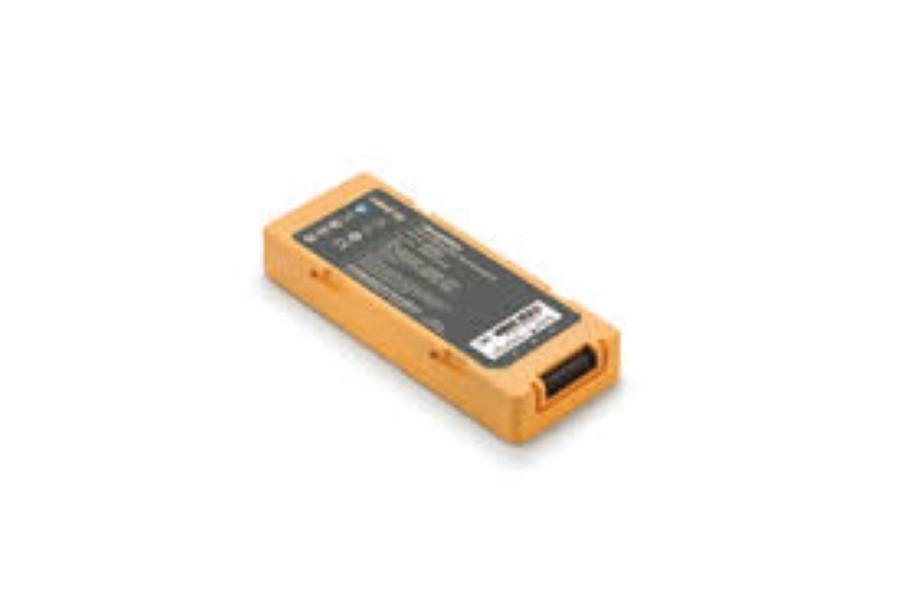Automated External Defibrillators (AED) are essential tools first responders use when treating patients experiencing cardiac arrest. When alerted about a patient in defibrillation, the AED on hand must be ready to function at a moment’s notice. A key component of defibrillators that must be dependable is the AED battery.
AED batteries should have a high capacity and long life span because defibrillators are meant to be used repeatedly. The length of life of an AED battery is significant. A longer-lasting battery decreases the number of times a battery requires replacing, resulting in lower costs and time spent managing the AED.
AED Battery Lifespans of Three AED Brands
There are several AED brands on the market, and each device’s battery lifespan and capacity vary. Take three frequently chosen brands as an example:
- Philips HS1: This AED brand uses a battery with a four-year lifespan and allows up to 200 Joule (J) per shock treatment.
- Physio-Control CR2: The CR2 by Physio-Control uses an AED battery with a four-year life span. However, this device can deliver 360 J per shock to patients up to 100 times.
- Mindray: Mindray AEDs use AED batteries with a life span of five years. What differentiates Mindray AEDs is their ability to administer treatment up to 200 times over a five-year lifespan. Mindray AEDs can also deliver 360 J per shock.
When to Replace an AED Battery
AED batteries eventually need to be replaced even though they have long life spans and high capacity. There are a few indicators to monitor, which will signal when the AED battery needs replacing. If using a Mindray AED, more details about the device and battery are readily available in the intelligent management system AED-AlertTM 2.0.
- Low Battery Alarm: The traditional way to know that the AED battery should be maintained or replaced is by listening to the battery alarm. With the introduction of remote management technologies, you can now check it through online AED management platforms or receive email alerts about low-battery AEDs.
- Battery Depleted: Regularly check all AEDs to ensure these devices are fully functional and ready to be used. All AED brands, including Mindray AEDs, have a way to show if a battery is low or depleted. For example, you can check if the battery is out of power using the Mindray AED intelligent management system. If the AED battery is checked and shown to be consumed, replace the battery.
- Battery Expired: When performing the regular check on the AED battery, the expiration date should be a part of the review. Check the expiration date printed on the AED shell or through the remote management platform. If the expiry date has elapsed, replace the battery.
An intelligent management system like Mindray AED-AlertTM 2.0 is an excellent tool for monitoring the health of these life-saving AEDs.
How to Replace Batteries in Mindray AEDs
Once determined that the AED battery needs to be replaced, follow the instructions found on the device. The battery replacement steps in all Mindray AEDs are very user-friendly.
- Locate the AED battery cover on the Mindray AED. See the back of the device for the cover.
- Remove the AED battery cover.
- Remove the batteries from the Mindray AED.
- Wait for about 1 min and then place a new AED battery.
- Follow the instrcutions to perform battery loading test.
- Close the lid after finishing battery loading test, status indicator will blink in green light to indicate that test is successful.
- Put the battery cover back onto the device.
- Your AED is ready to use.
Conclusion
Automated External Defibrillators are a life-saving tool used by first responders when treating a patient experiencing cardiac arrest. Ensuring each AED battery is ready to be used is vital to the treatment process.
This is why Mindray develops durable batteries for their AEDs. Mindray AEDs use high-capacity batteries supporting 300 cycles of 200 J treatments.
When the patient has a high impedance, Mindray AEDs can automatically compensate for the joule of electric shock (up to 360 J), which can improve the success rate of resuscitating these difficult-to-defibrillate patients.
AED batteries used in Mindray devices have a lifespan of 5 years, making them one of the most dependable and durable choices. Finally, Mindray equips its AEDs with its Intelligent AED-AlertTM 2.0 management system.
This remote monitoring system provides AED managers with insight into the status and readiness of the Mindray AED. If you are looking for a dependable defibrillation solution, check Mindray’s website to get an idea about how to implement a successful AED program.
SEE ALSO: Web3 Jobs: Exploring Opportunities In The Decentralized Web
⚠ Article Disclaimer
The above article is sponsored content any opinions expressed in this article are those of the author and not necessarily reflect the views of CTN News







